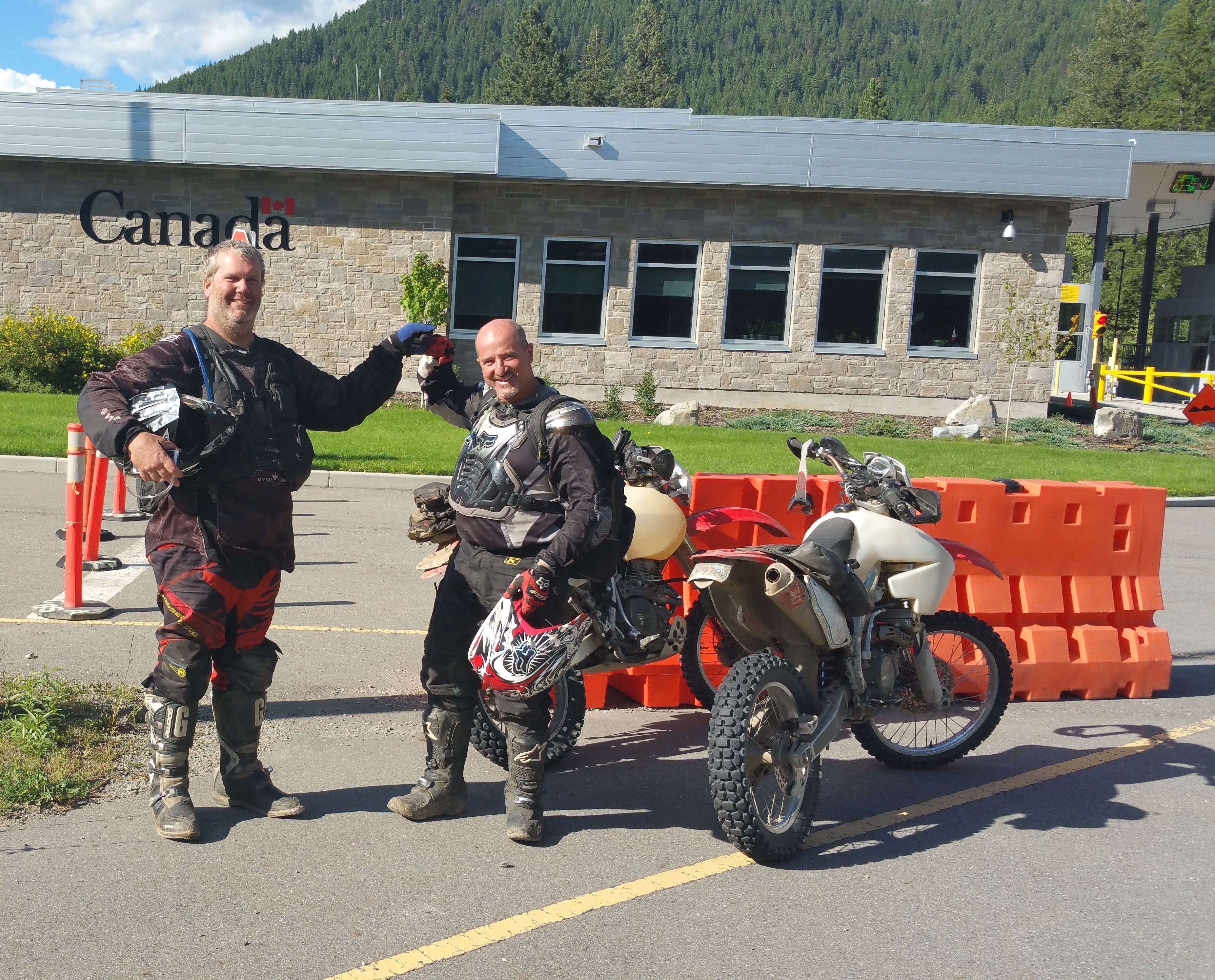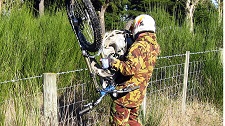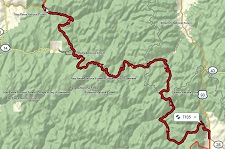Be Prepared
You will be challenged with the unexpected
Ride Reports
Read the nitty-gritty of what this is style of riding is like, and the lessons learned from the veterans of R’Idaho!
“Anyone who has never made a mistake has never tried anything new.” ― Albert Einstein

Bike Preparation
This style of riding is unique and so it requires some unique bike setup. Not only that, but how often has your dirt bike gone 1000+ off-road miles without failure? You will ask it to do just that on the longer journeys. It must start out fresh on all high wear items.

Gear Preparation
Your gear is a study in trade-offs. Too much gear and you will weigh yourself down and fatigue. Too little, or the wrong gear and you can’t resolve a problem. High quality and well selected gear is a key factor in your success because you will most definitely need what you can carry along the Trek.
Learn More

Mind Preparation
This is where you prepare your knowledge and attitude. It is the most central part to your successfully completing the GRIT Treks. You must be prepared for outdoors survival, navigation, bike repair, first aide and self performance. Last, but not least, you must come prepared with an attitude of Adventure GRIT…Guts, Resolve, Instinct & Toughness to overcome the inevitable challenges.
Learn More

Body Preparation
The biggest cause of sudden trek failure is bike or body damage. The biggest cause of damage is crashing. One major contributor to crashing is fatigue. You must be in good endurance condition for this journey and for many people, that means training. Unless you are already in excellent shape, you will enjoy, and more likely complete the trek if you include winter body training, mixed with spring ride training. The new GRIT routes are setup with about 5 hours of trail riding and 3 hours of dirt roads on most days. Is your body ready for 5 hours of aerobic exercise per day for 7 days?

Navigation Preparation
The route description is centered around the GPS track file. You can navigate the entire route with paper maps for an additional navigation challenge. Plus you must also be able to proceed if your GPS device fails so paper-compass navigation is always valuable. But for the vast majority of long distance off-road riders, a GPS device is the main navigation tool of choice. That is why we provide all the main route details in the GPX file, including gas stops, lodging, camp sites and highlight point information. We also provide several training articles on how to setup and use a GPS device, focusing on the most popular Garmin models.
Learn More
Do you have an idea or helpful article to submit?
We welcome and need more helpful Be Prepared articles to post. This is a community effort. We are not looking for sponsors or ads, but back links to your website work well.
